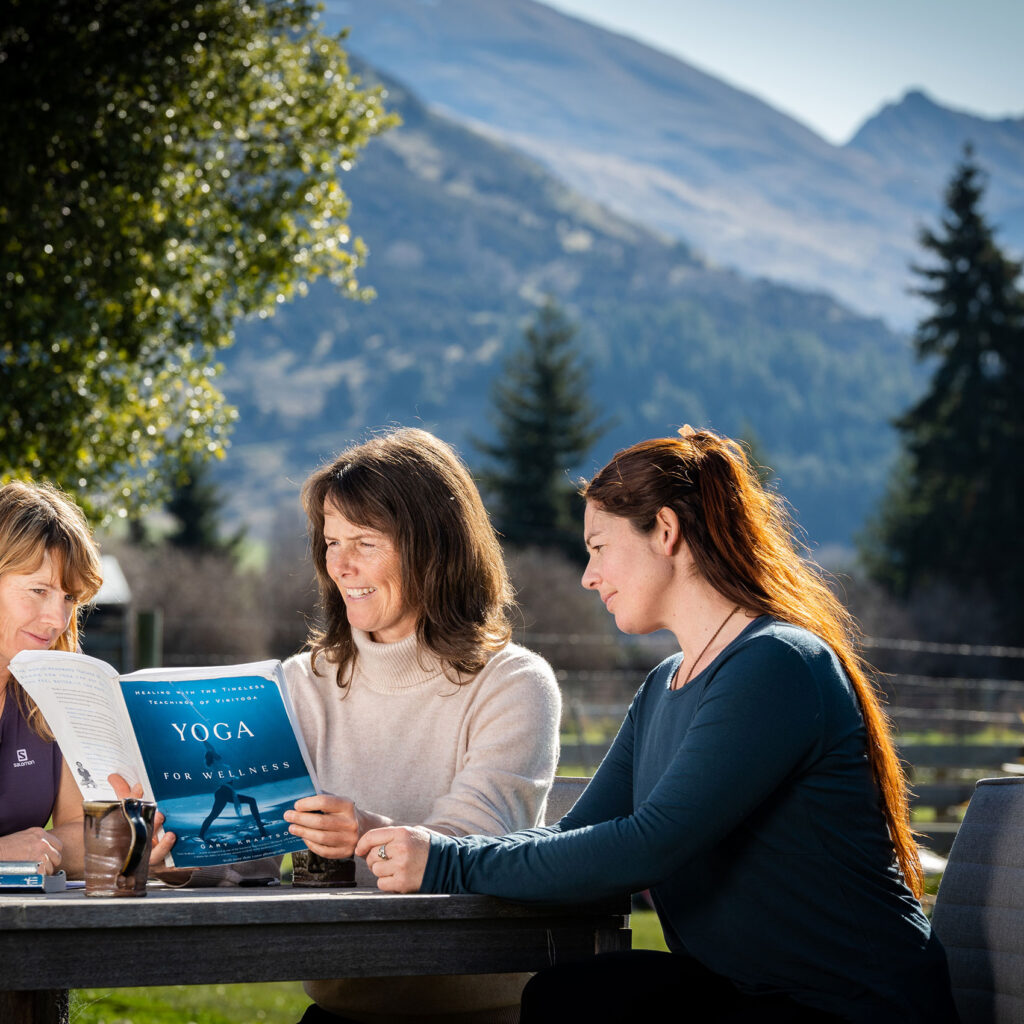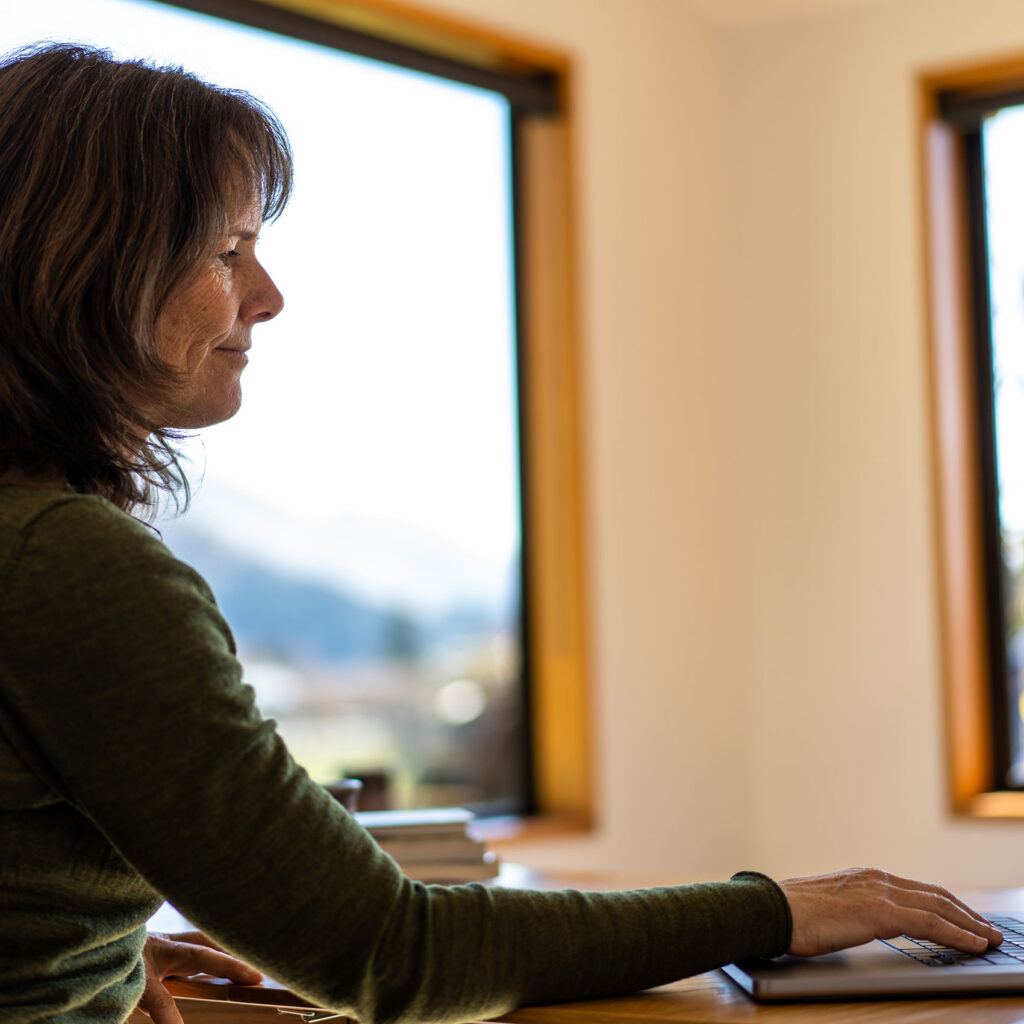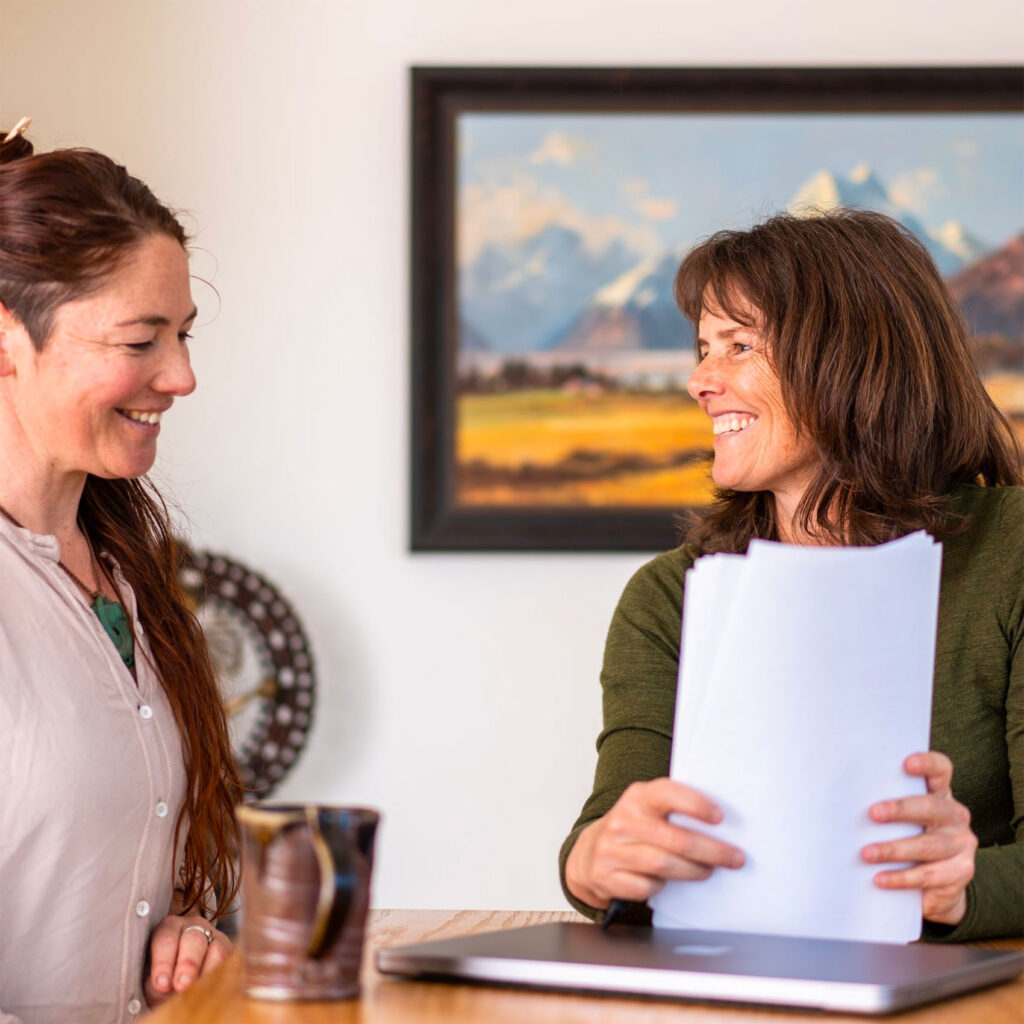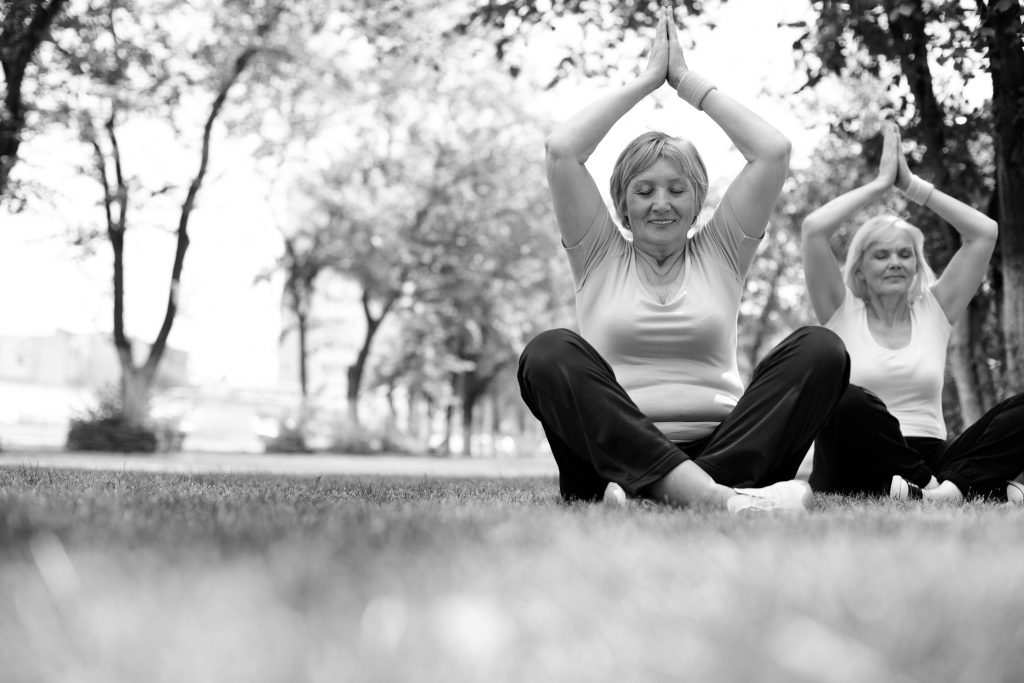
Teaching Yoga To Seniors
The rise of yoga’s popularity with seniors can be easily explained – yoga is one of the most accessible forms of structured movement, able to be practised anywhere, anytime. Anyone who can move their body, sense their breath, or direct their attention can enjoy yoga, making it an ideal form of physical, mental, and spiritual indulgence.
Teaching Yoga To Seniors
As a practice, yoga has been around for thousands of years, and has earned its well deserved reputation for promoting health and wellness in individuals of all ages. As people are now living longer, many approach yoga with an attitude that it will help improve their longevity and vitality, but this is only true provided the practice is done intelligently and appropriately.
Special considerations for teaching yoga to seniors
As yoga teachers, it is imperative that we understand the needs of our students. “Health is wealth”, and everyone has limitations that they must become aware of and respect.
With teaching yoga to seniors comes the need for heightened awareness as to students’ physical limitations and the risk of injury, along with the need to ensure that they are able to keep up and mentally do not feel left out or lagging behind – this is especially important when teaching to a class in a studio environment, and when the yoga teacher is younger than the student (which is likely to be the case in most instances).
Before starting to teach yoga to seniors, it’s essential to understand their needs and motivational factors. Senior students have different abilities than other adults, and may be dealing with health issues such as arthritis, osteoporosis, joint pain – or simply old injuries that continue to cause discomfort, pain, or lack of mobility.
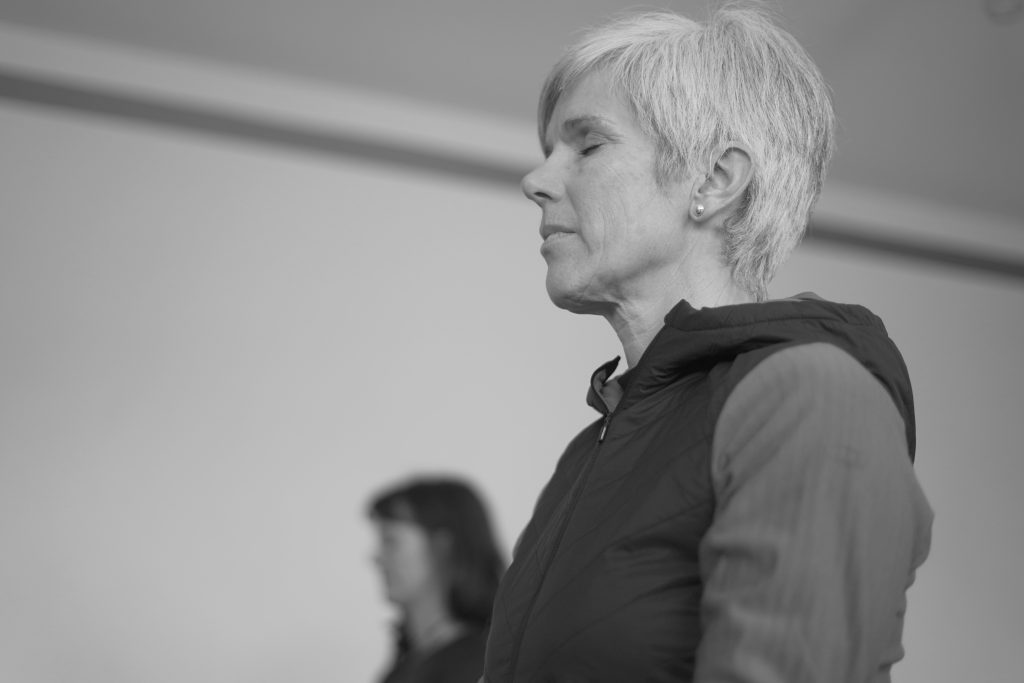
In addition to understanding underlying health conditions and medical backgrounds, there are several other important considerations for yoga teachers looking to specifically teach yoga to seniors to take into account, including:
The need for a safe and supportive environment
Creating a safe and supportive environment is critical when teaching yoga to seniors. Make sure the space is well-lit and free of clutter, with plenty of room for students to move around.
Props are an essential for these classes as they provide support and confidence when getting in and out of different positions. Depending on the age and mobility of your clients props you may need chairs, bolsters, blankets, blocks, and straps to help students achieve poses safely and comfortably.
Encourage students to listen to their bodies and make adjustments as needed, and let them know that it’s okay to take breaks or skip poses that don’t feel right. It’s good to have a few go-to poses up your sleeve that will be suitable for on the spot alternatives in your sequence when needed.
The need for a safe and supportive environment
When teaching yoga to seniors, it’s important to use clear and simple language. Avoid using technical terms or jargon that may be confusing or intimidating. Instead, use descriptive language and as always strive to offer clear instructions to help students understand how to perform poses safely and effectively. Be aware that some seniors have poor hearing so best to (tactfully) find out who they are and position them in an appropriate spot in the room so they can hear you well.
The benefit of socialisation
In our western culture many seniors may feel isolated or lonely, so practising yoga can be a great way to connect with others, and, of course, themselves. As yoga teachers it can be a very rewarding part of the work to create a warm, welcoming, and inclusive environment where everyone feels comfortable and supported.
The importance of breathwork
Breathwork is an essential component of yoga, and it’s especially important for seniors. Senior students suffering from respiratory issues can benefit greatly from practising deep breathing, helping to improve lung function and mobility of the spinal column. Breathwork can also help facilitate better sleeping patterns which will improve the health and wellbeing of their older students – it’s never too late to learn to breathe well.
Modify poses as needed
Seniors may not be able to perform all yoga poses, especially those that require a lot of flexibility or strength. It’s important to modify poses as needed to accommodate students’ abilities and limitations. To aid students in achieving certain poses, props may be used (such as a cushion or chair), or alternative poses can be offered that provide similar benefits.
Incorporate mindfulness practices
As any practised yoga teacher knows, yoga is not just a physical practice – it’s also a mental and emotional practice, perhaps even more so if we understand yoga from the perspective of the eight limbs. By understanding yoga as a cessation of the fluctuations of the mind (Patanjali) and as a spiritual practice, we can always continue progressing in our yoga, no matter our age. If we have a reductive view that yoga is just postures and physical movements then of course our yoga prowess would decline as we age. It is a great responsibility and privilege to share this view and the subsequent teachings with seniors.
Incorporating yogic philosophy and mindfulness practices such as meditation can be greatly appreciated by senior students. From a practical level meditation calms the mind, helps with sleep and helps us become less reactive. As we move into our latter years many of us become more open to existential questioning. If the teacher is skillfully able to frame a philosophical discussion in a culturally relevant way then yoga provides a framework that can facilitate such enquiries. For example, we can use meditation to experientially explore the impermanent nature of the body and mind. Or, is there a soul? Well… Let’s close our eyes, look inwards and try and find it!
What type of yoga is best for seniors?
The yoga styles which are typically better for senior students are:
- Hatha yoga
- Satyananda yoga
- Viniyoga or similar Yoga therapy practice
- Restorative yoga
- Chair yoga.
All of the above styles promote slower, focused movement, making them more suitable for older students owing to their approach, pace and type of poses. For seniors, the asana sequence should involve a mixture of strength based postures to maintain daily function – postures that focus on improving mobility particularly of the spine, and balance postures, as falls are a real risk as we grow older.
While every yoga style has its own benefits and challenges, and some are typically more appropriate to seniors, it is important to cater to the individual at all times given the assorted (and often storied) medical histories of senior yoga students. Listening to the needs of students while drawing on one’s own experience and yoga knowledge will enable a teacher to create the perfect yoga practice for seniors – one that is respectful, creative and heartwarming.

Why consider mentorship?
Mentoring with a master teacher provides you with a clear path to professional development. You will receive personalised guidance on topics ranging from your personal practice, to your teaching skills, to how to move forward with your yoga career.
Our master teacher Susan Allen has over two decades of yoga practice, teaching, and guidance, and credits her most meaningful growth to the gift of mentoring from the world-class master teachers she has been fortunate enough to study with over the years.
Susan has run multiple yoga studios, teacher trainings, immersions, and retreats, and brings all of this experience to her mentoring. Harnessing her practical and technical skillset, she understands and teaches yoga pragmatically, creating a safe and collaborative space for personal development. She disseminates what she has learnt in easy to digest modules which cover both personal and professional growth goals.
Develop your yoga teaching style with mentorship
While your teacher training may have touched on the principles of how to teach yoga to all ages, it’s impossible to gain a deep understanding of such a varied and extensive subject in a short amount of time. This knowledge is gained over time and years and in our mentorship program we can share this experience and knowledge with you. In addition to educating how best to teach yoga to seniors, there are a vast number of teaching elements we help our professional yoga teacher clients develop.
At The Yoga Transition we celebrate individuality through:
- Steering your practice and teaching in the direction that most interests you
- Encouraging you to discover your unique voice
- Guiding you to develop a teaching methodology that has both integrity and individual authenticity.
Once you have completed your initial teacher training, contact us to find out how mentorship can bring you to the next level.
